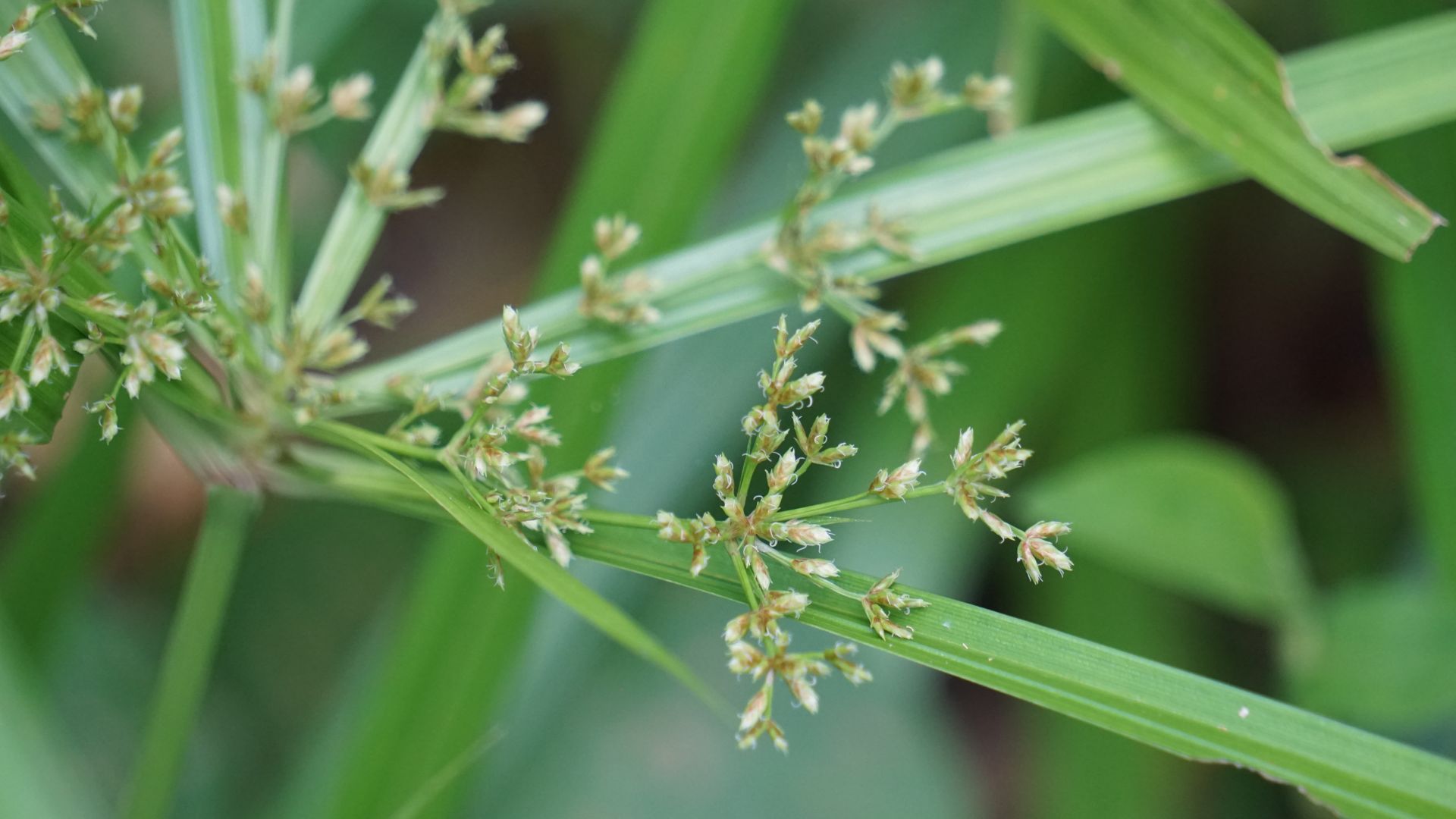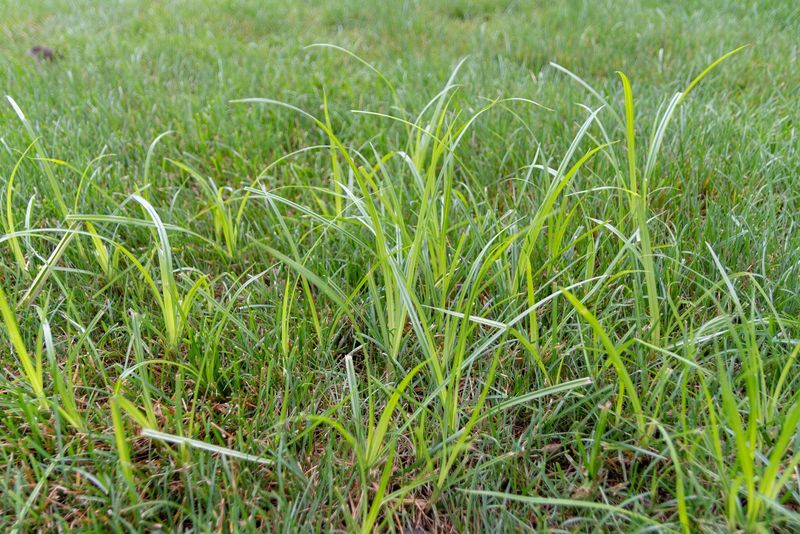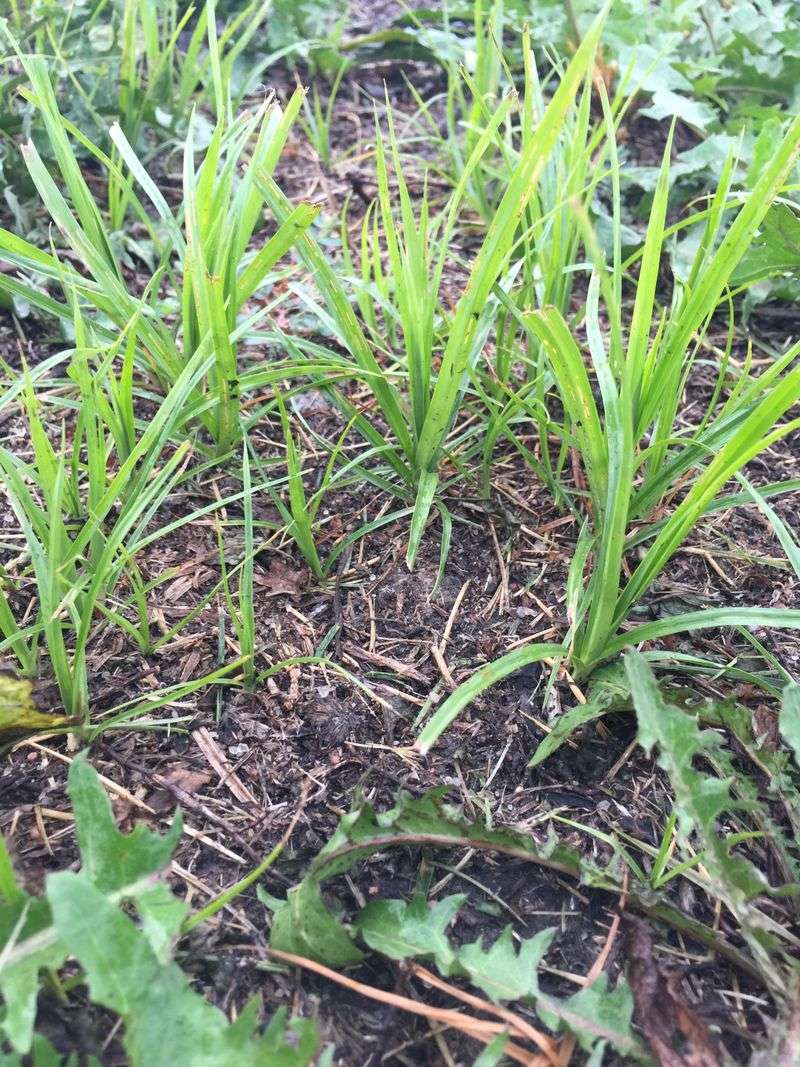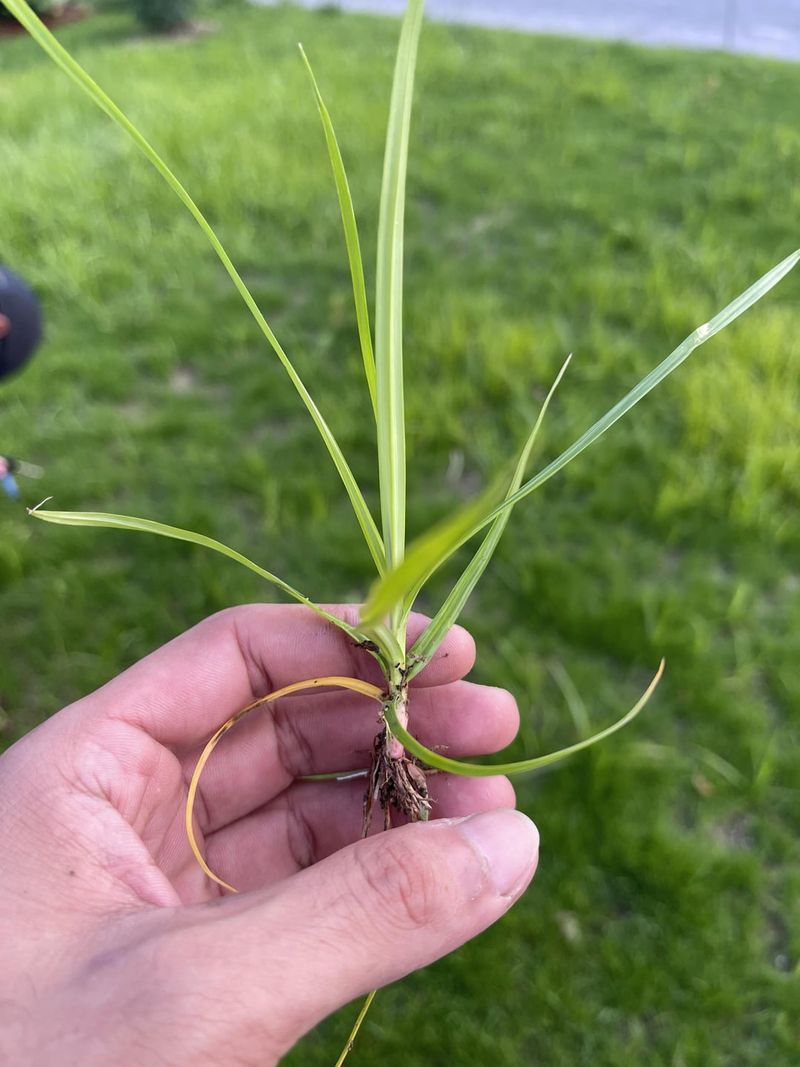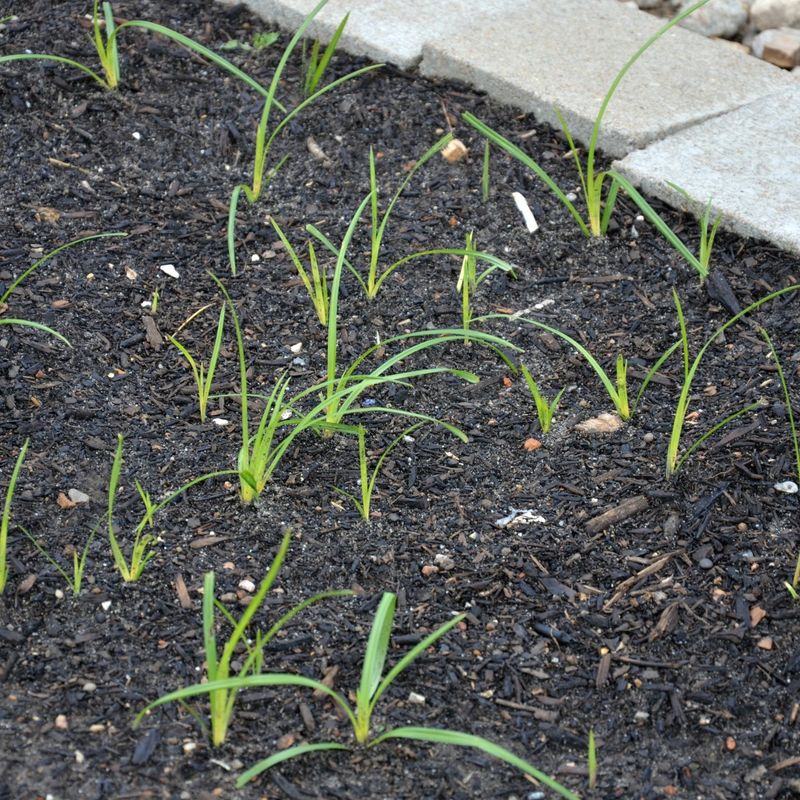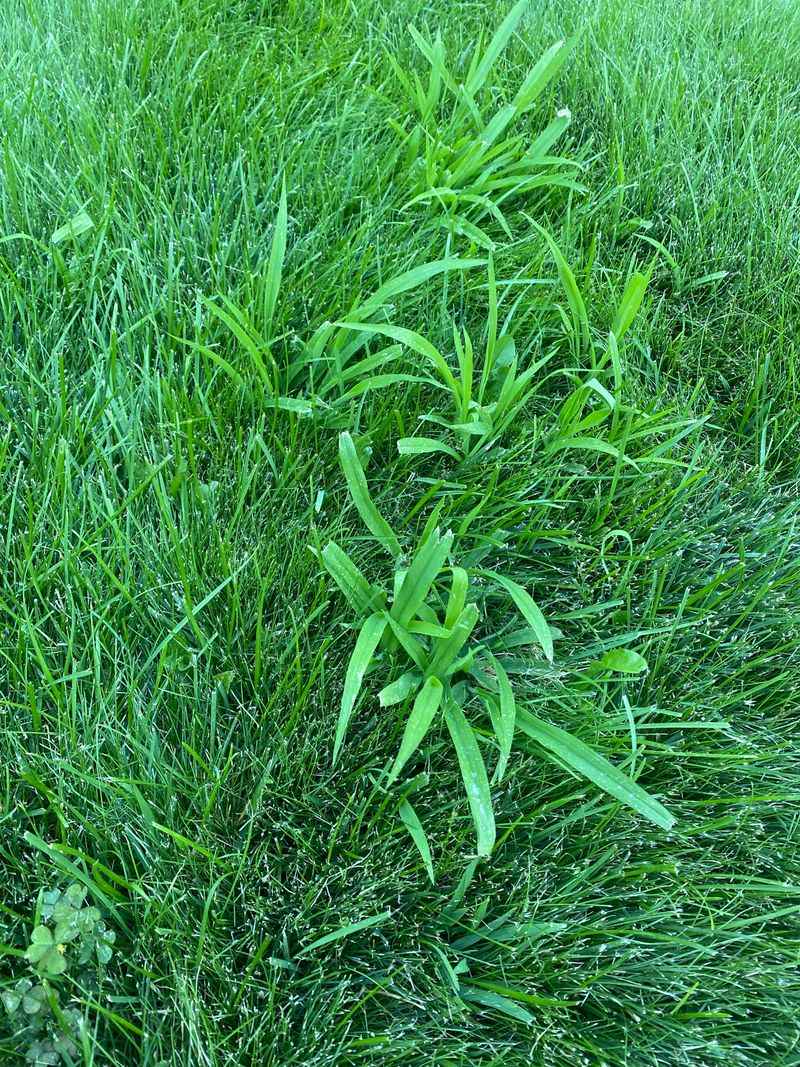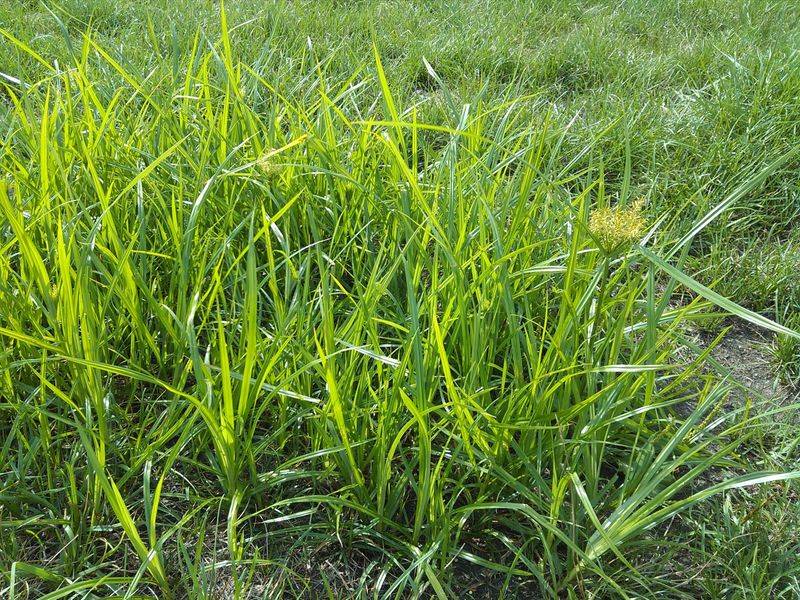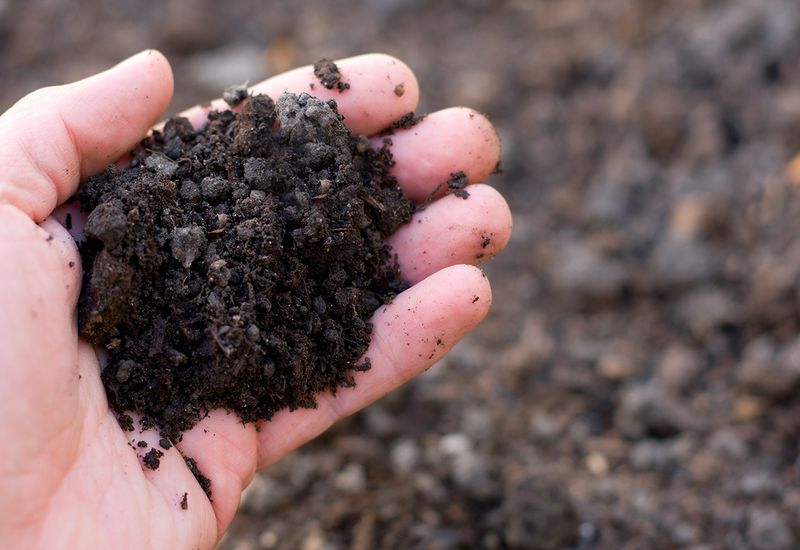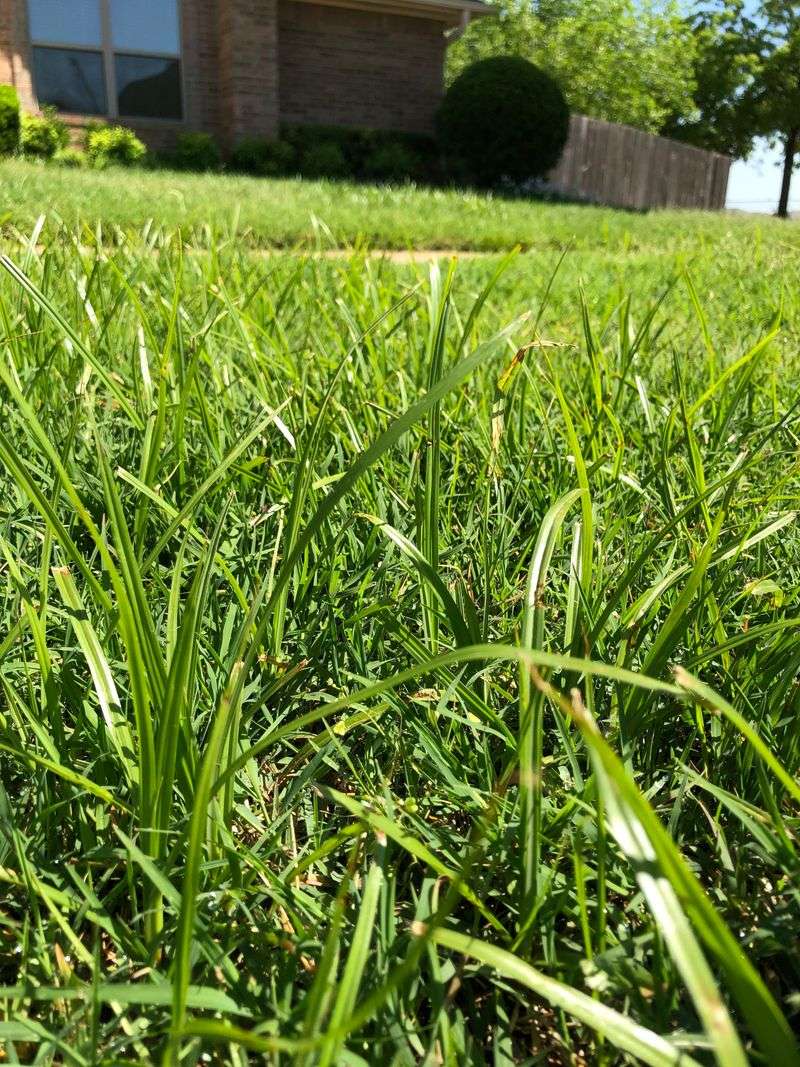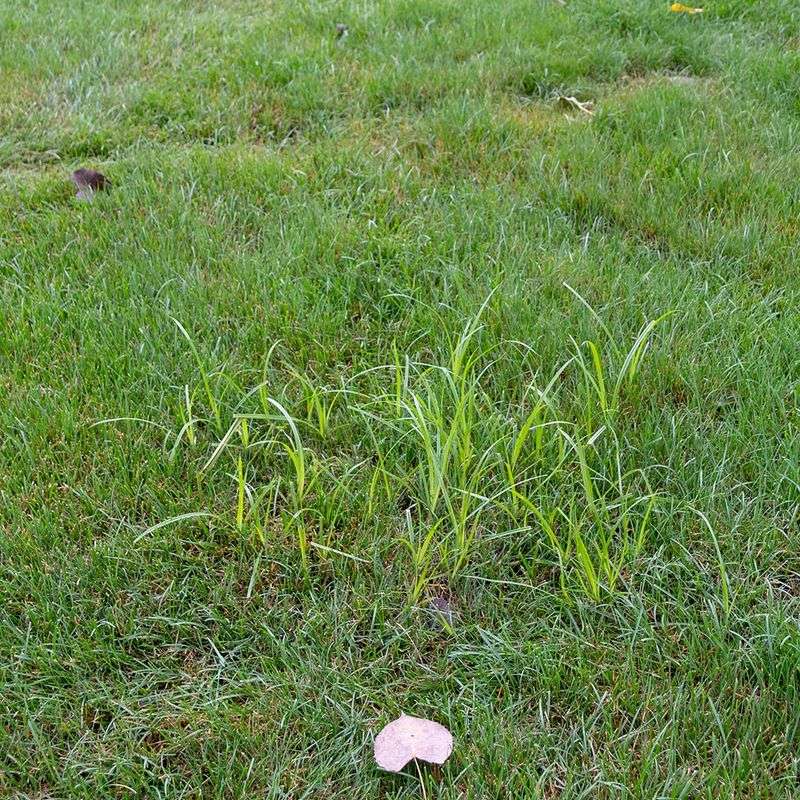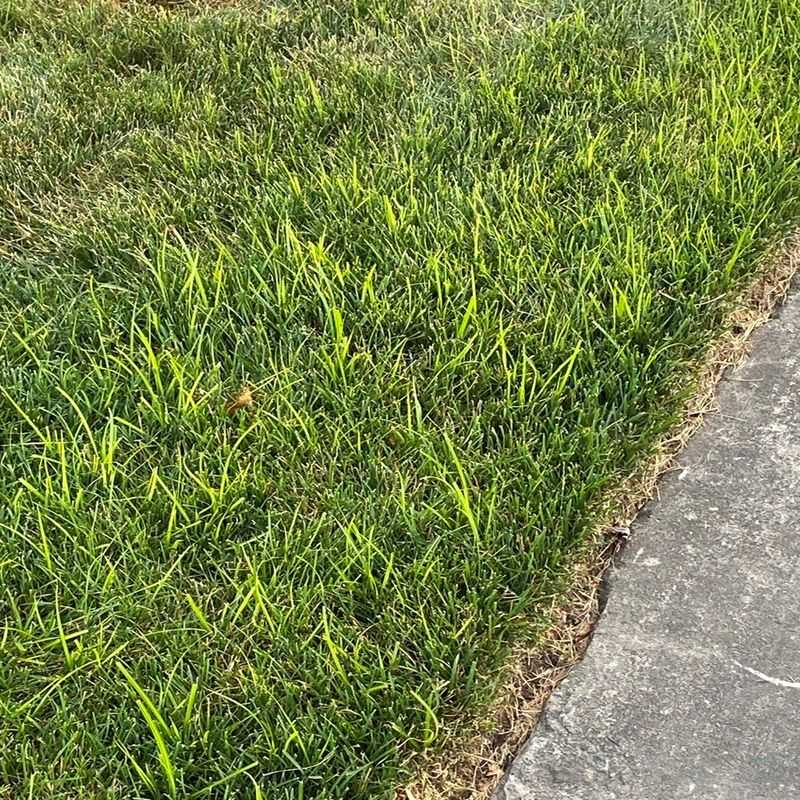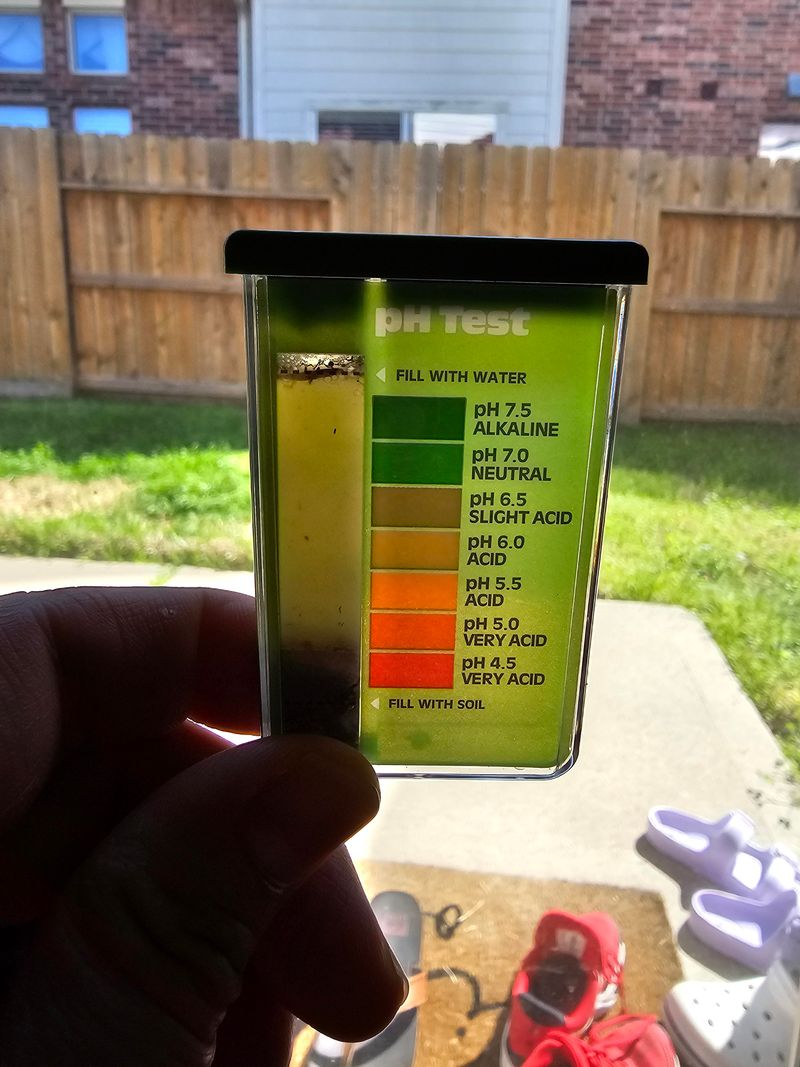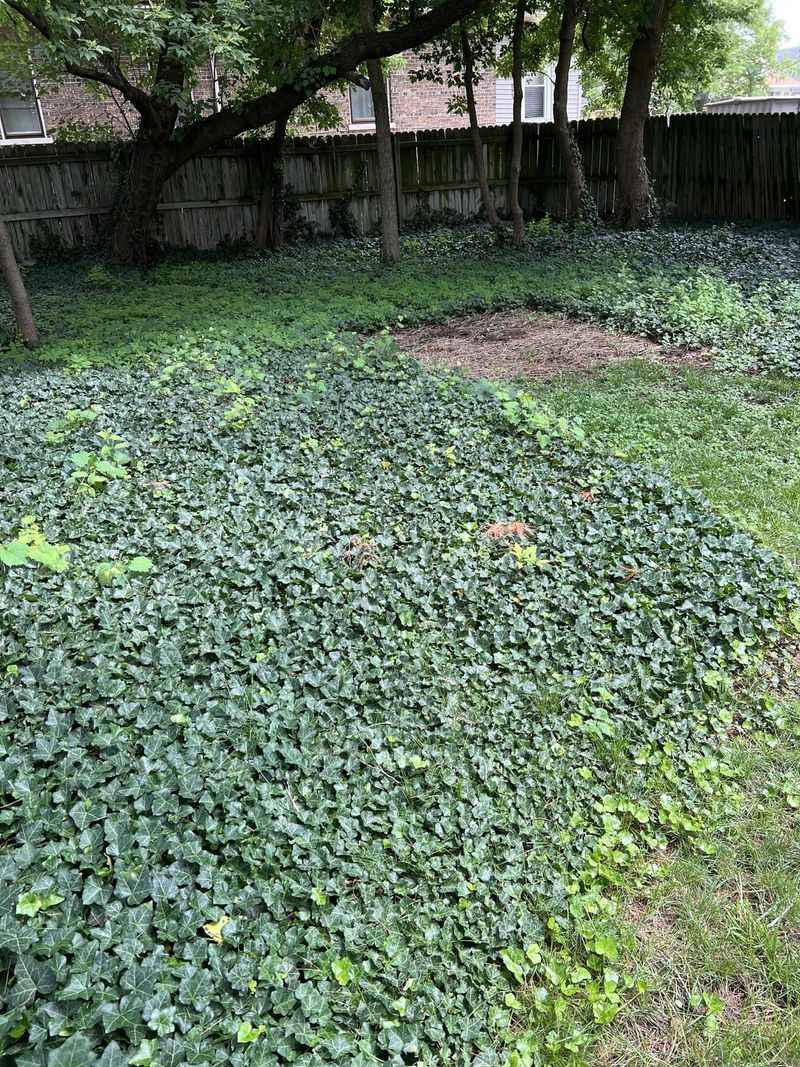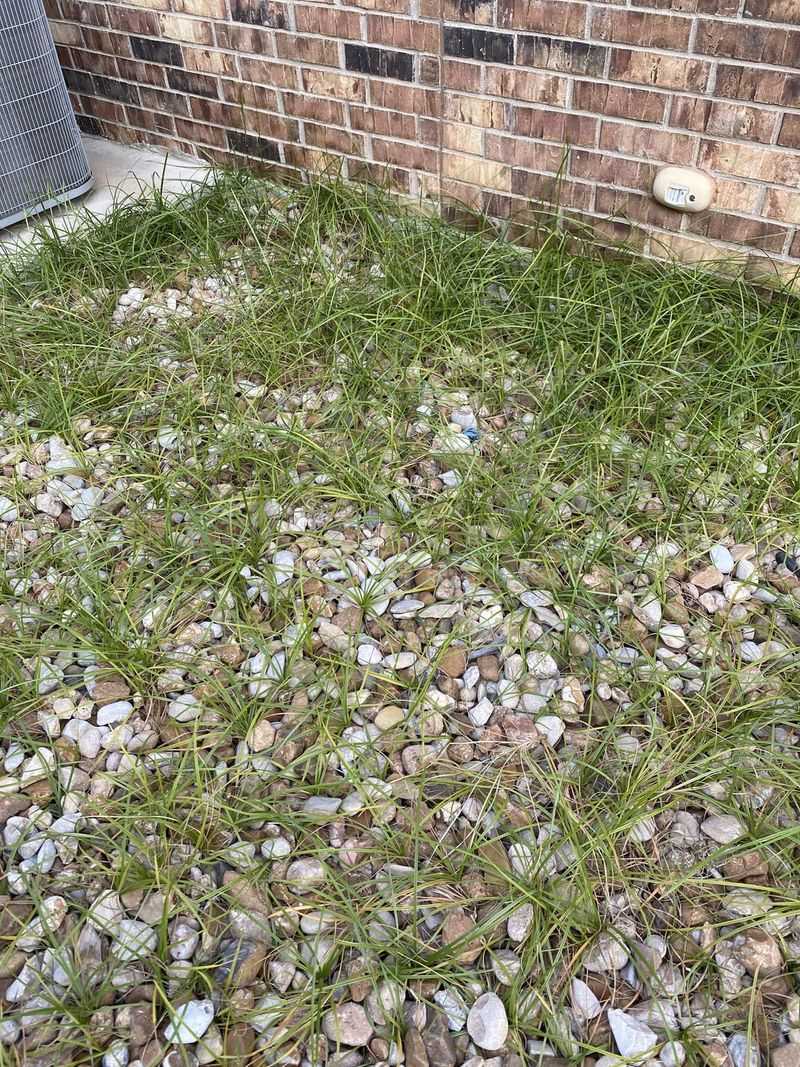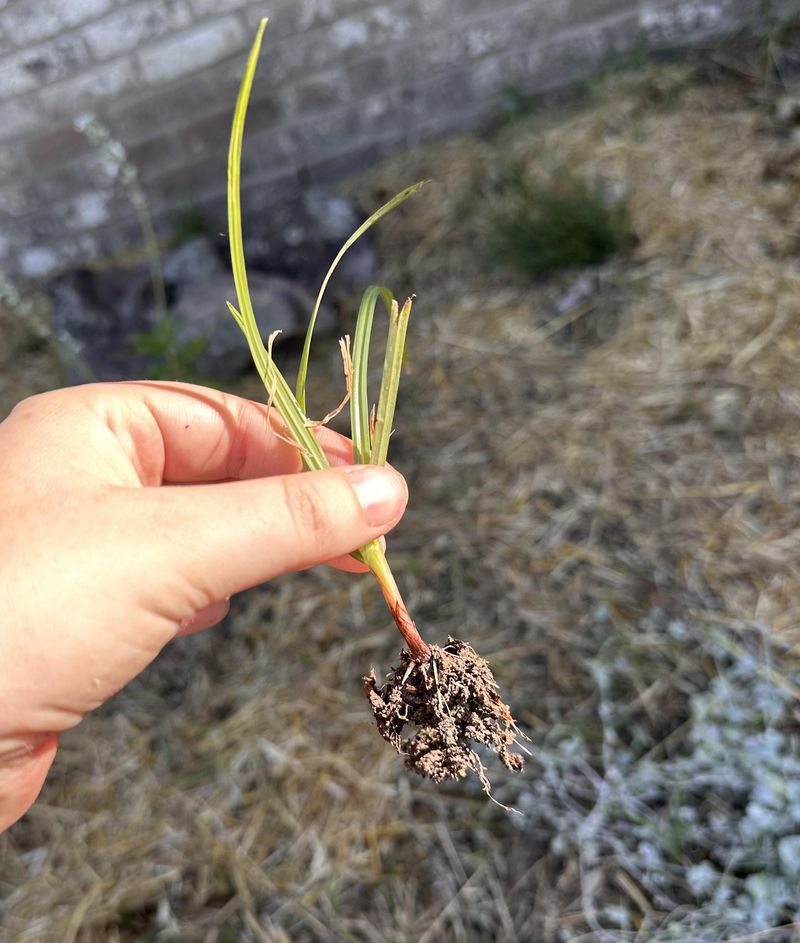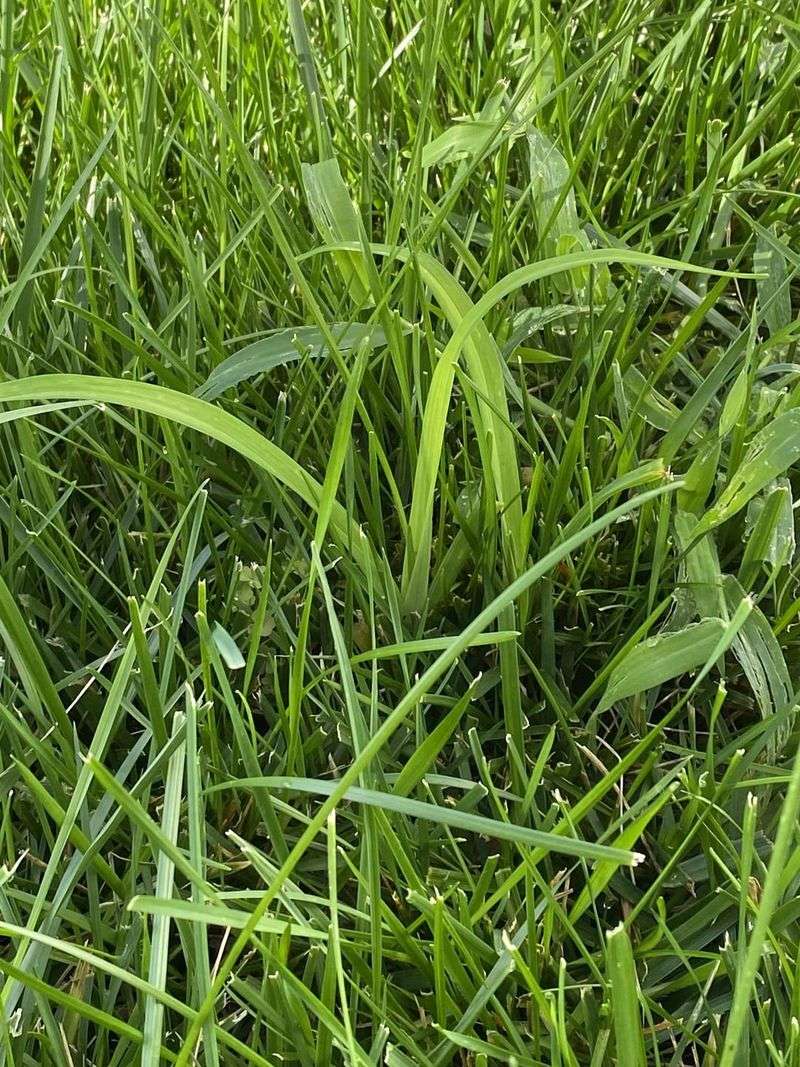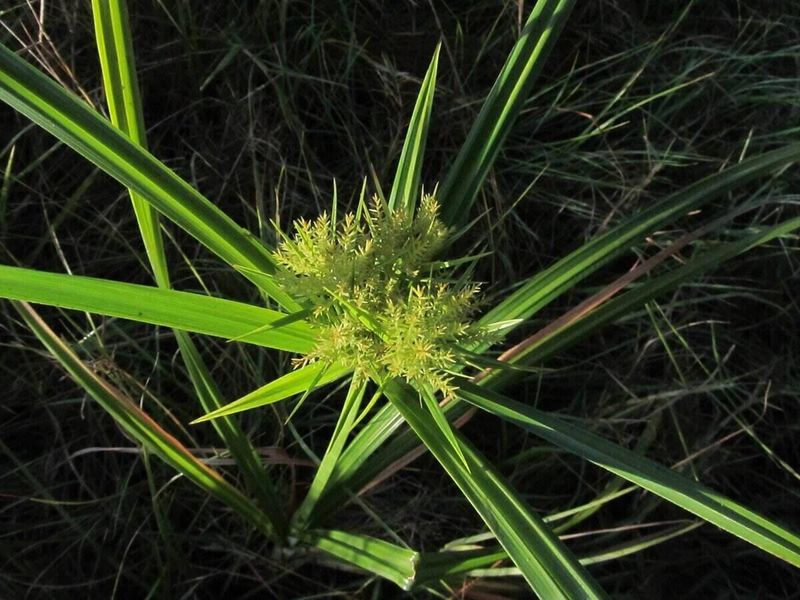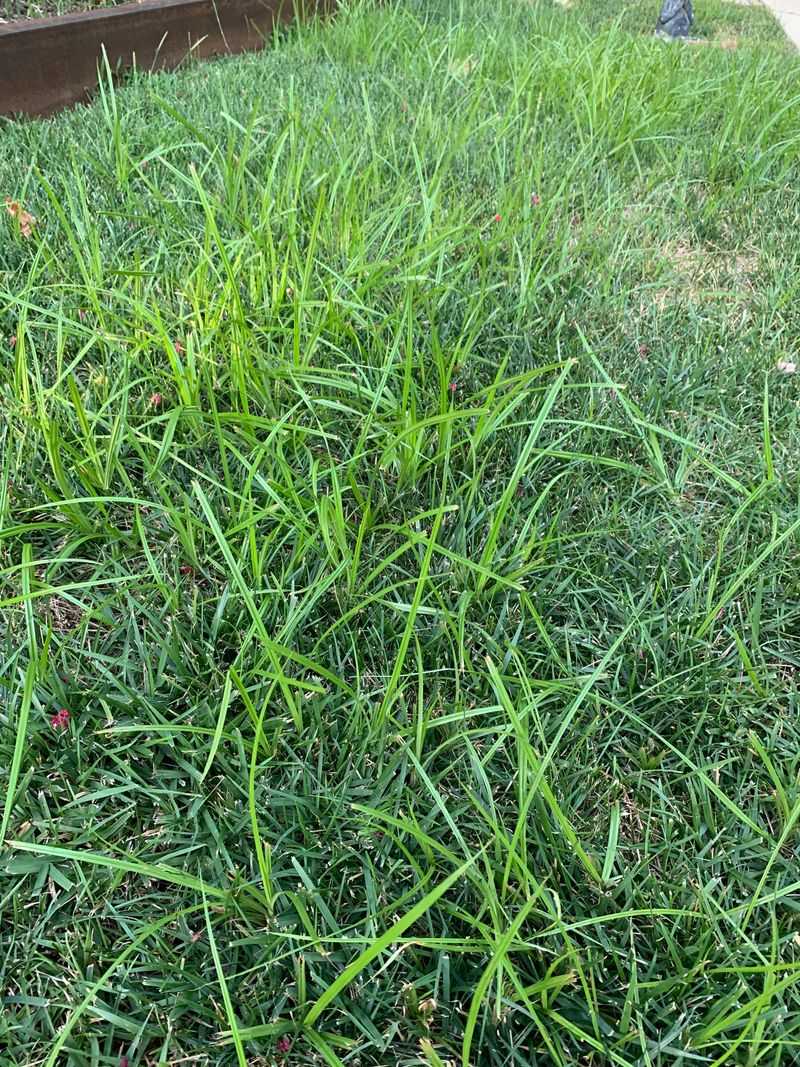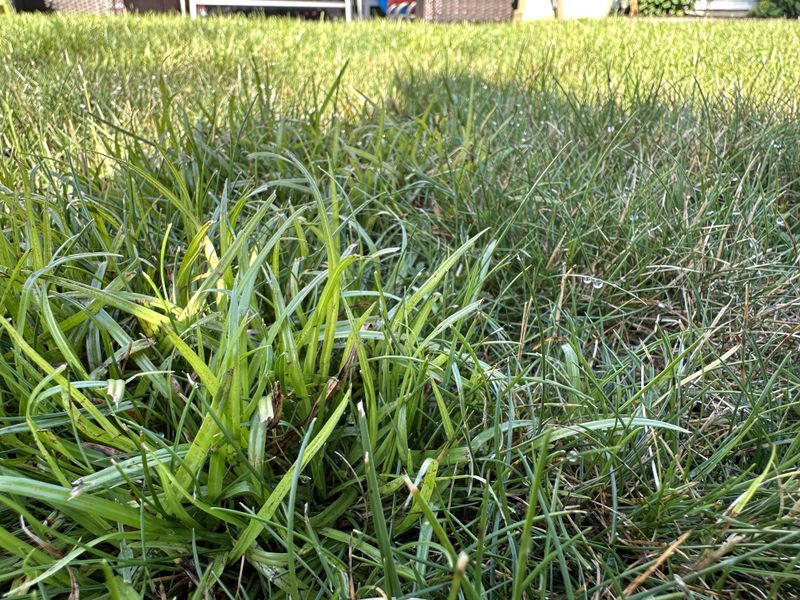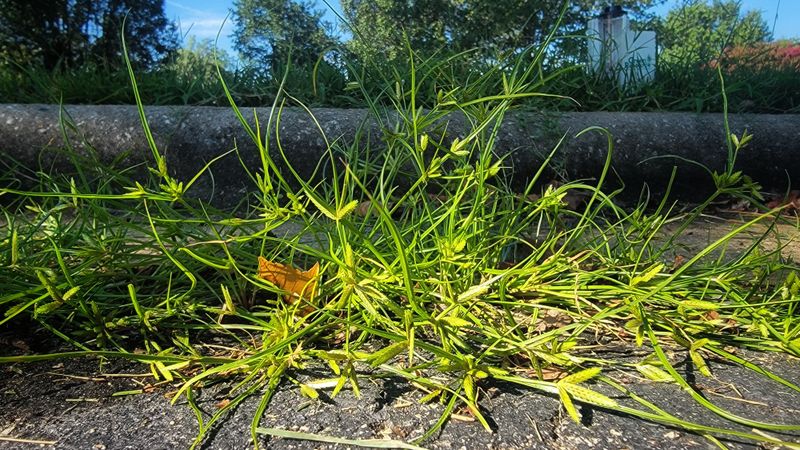Dealing with a nutsedge infestation can be incredibly frustrating. This pesky plant often looks like grass but grows much faster and spreads like wildfire if you’re not careful.
I know the struggle all too well, but don’t worry. I’ve learned a lot along the way and put together some effective methods to help you regain control of your garden.
With a little patience and the right approach, you can keep nutsedge from taking over. Let’s handle this together! Trust me, once you’ve got a plan, it’ll feel so much more manageable.
1. What Is Nutsedge?
Have you ever looked at your garden and wondered why a particular plant seems to stand taller than the rest? That’s likely nutsedge, a stubborn perennial weed with triangular stems and yellow-brown seedheads.
Its rapid growth and ability to thrive in various conditions make it a formidable opponent. Identifying it early is key, so keep an eye on your garden’s green invaders.
Spotting it before it seeds can save you a lot of weeding time. Let’s move on to why catching it early matters, shall we? It’s a game-changing strategy for any gardener.
2. Why Early Detection Matters
Ignoring a small patch of nutsedge can lead to a garden overrun with this invader. Catching it early allows for simpler control methods, saving you from intense battles later on.
Ever tried pulling out an entire field of weeds? Not fun! Early detection means less work and a healthier garden. Be proactive: check your garden regularly.
You’ll thank yourself later when your flowers aren’t competing for nutrients. Now, onto manual removal tips, because sometimes you just need to get your hands a little dirty to keep your garden pristine.
3. Manual Removal Tips
Some folks swear by the satisfying pull of removing nutsedge by hand. I’ve heard it’s therapeutic—like pulling the plug on a pesky problem.
But remember, it’s not just about yanking; you need to get that tuber out too, or it’s back to square one. Use a trowel to dig around the base and gently lift it out.
Repeat as necessary, or until you’ve worked up a sweat. It may not be glamorous, but it’s an effective way to reduce an infestation. Let’s look at how mulch can lend you a helping hand in this battle.
4. Using Mulch To Block Growth
Mulch is like a cozy blanket for your garden, but it’s one that smothers weeds instead of nurturing them. By blocking sunlight, mulch prevents nutsedge from sprouting, cutting off its energy supply.
Spread a thick layer—2 to 3 inches is ideal. Not only does it suppress weeds, but it also retains moisture and improves soil quality.
Consider using organic materials like wood chips or straw for added nutrients. It’s a win-win, really! Next, we’ll dive into the world of herbicides for when nature needs a little help from chemistry.
5. Herbicides For Nutsedge Control
Ever wondered if there’s a magical potion to rid your garden of nutsedge? Herbicides can be that magic, but they require careful selection and application.
Choose a product specifically formulated for nutsedge. Timing is crucial; apply when nutsedge is young for maximum effect. Follow the instructions to the letter—this isn’t the time to play mad scientist.
Herbicides can save lots of time and effort when used correctly. But wait, if you’re wary of chemicals, let’s explore some natural remedies that might just do the trick without the lab coats.
6. Natural Remedies For Nutsedge
Feeling crafty? Natural remedies offer a gentler approach to nutsedge control, perfect for eco-friendly gardeners.
Homemade sprays using vinegar or dish soap can stress nutsedge plants, though persistence is key. Apply directly to the leaves and keep at it! A sprinkle of salt around the roots can also help but use sparingly to avoid harming other plants.
These methods may take time but can be quite satisfying. Ready to learn about pre-emergent herbicides? They act like a preemptive strike against nutsedge, stopping it before it even thinks about sprouting.
7. Pre-Emergent Herbicides Explained
Pre-emergent herbicides are like your garden’s bouncer, stopping troublemakers at the door. These chemicals prevent nutsedge seeds from germinating, keeping them from ever seeing the light of day.
I once tried them in my own garden (because why not?), and they worked wonders. Timing is essential—apply before nutsedge seeds start germinating, usually in early spring.
This approach requires patience but pays off with less weeding in the long run. Let’s discuss how improving soil health can help create an environment where nutsedge struggles to survive.
8. Improving Soil Health
Healthy soil is the foundation of a thriving garden and the bane of nutsedge. By enriching soil with organic matter, you create a hostile environment for weeds.
Compost, well-aged manure, and cover crops work wonders. These additions encourage beneficial microbes and improve drainage, making nutsedge’s life difficult. So, treat your soil like a VIP guest.
Regularly test its composition and pH to ensure it’s in tip-top shape. Next, let’s explore how adjusting your watering habits can further deter this persistent intruder from taking over your hard-earned garden space.
9. Watering Tips To Prevent Nutsedge
Did you know that nutsedge thrives in overly wet conditions? Overwatering your garden can create a perfect home for this pesky plant. To keep nutsedge at bay, water your garden deeply but less frequently.
Consider using soaker hoses or drip irrigation to deliver moisture directly to the roots, minimizing excess water. Adjust your watering schedule based on weather conditions to prevent soggy soil.
These practices not only combat nutsedge but also promote overall plant health. Curious about fertilizing? It can be another tool in your arsenal against this relentless garden foe.
10. Fertilizing To Fight Nutsedge
Ever thought of fertilizing as a form of defense? Well, it can be! Providing your plants with the right nutrients strengthens their ability to outcompete nutsedge for resources.
Use a balanced fertilizer tailored to your plants’ needs and apply according to package directions. Healthy, robust plants are better equipped to fend off invaders like nutsedge.
Remember, though, not to over-fertilize—more isn’t always merrier, as it can encourage weed growth. Let’s move on and see how aeration can further support your mission to maintain a nutsedge-free garden.
11. How Aeration Helps
Aeration might sound like a spa treatment for your lawn, and in a way, it is. By poking holes in compacted soil, aeration improves air and water circulation, promoting healthier grass growth.
This discourages nutsedge from muscling in, as it thrives in compacted, poorly drained soil. Regular aeration—once or twice a year—can make a significant difference.
It’s a simple task that pays dividends in weed control and overall lawn health. Speaking of soil, how about testing it to ensure you’re giving your garden the best possible start?
12. The Importance Of Soil Testing
Soil testing is like a health check-up for your garden. Knowing its pH and nutrient levels helps tailor your care plan. I remember my first test—eye-opening! It showed imbalances I never suspected.
By addressing these, you create conditions that hinder nutsedge while supporting desired plants. Testing kits are widely available and easy to use.
Regular testing ensures you’re on track, preventing issues before they arise. Now, let’s dig into the nitty-gritty of removing nutsedge roots, because getting to the root of the problem is sometimes quite literal.
13. Removing Nutsedge Roots
You have to get it all out. These roots, or tubers, can quickly regrow if left behind. Dig carefully around the root zone, aiming to extract them whole. A small hand tool or specialized weeder can assist.
Persistence pays off: regularly check for regrowth and tackle it promptly. It’s a bit like playing whack-a-mole, but with roots.
Ready for some ground cover tips? They can be a fantastic ally in your battle against this tenacious weed.
14. Using Ground Covers Effectively
Ever wondered if ground covers could be more than just decorative? They can suppress nutsedge by outcompeting it for light and nutrients. Choose aggressive but non-invasive species like clover or creeping thyme.
Plant them densely to create a tight-knit community that smothers weeds. Ground covers also add beauty and biodiversity to your garden. Curious about crop rotation?
It’s another tactic to shake up the environment and outsmart these persistent invaders. Let’s explore how rotating your plants can keep nutsedge guessing and under control.
15. Crop Rotation To Prevent Nutsedge
Crop rotation isn’t just for farms—it works wonders in home gardens too. By changing the location of specific plants each year, you disrupt nutsedge’s life cycle.
It’s like playing chess with your garden layout. This strategy also helps maintain soil fertility and reduce pest buildup. Consider rotating families of plants, like moving tomatoes and peppers to different beds annually.
This keeps nutsedge on its toes, unable to establish dominance. Now, onto nutsedge-resistant grass types that might just save your lawn from this relentless foe’s clutches.
16. Nutsedge-Resistant Grass
Did you know that some grass types can stand up to nutsedge’s antics better than others? After a bit of trial and error, I found that certain varieties resist this weed’s invasion, keeping lawns green.
Bermuda and zoysia grasses, for example, form dense mats that choke out nutsedge. Planting these can save you from frequent weed battles. Combine with proper lawn care for best results.
Now, let’s shift our focus to flower beds and how to protect them from a nutsedge ambush. They can be just as vulnerable.
17. Dealing With Nutsedge In Flower Beds
Nutsedge in flower beds can feel like an unwanted guest at a party. To evict it, start by removing visible plants and roots. Hand tools, like trowels, work best for precision.
Follow up with mulch to block light and discourage regrowth. Spot any sprouts? Nip them in the bud to prevent spreading. Regular maintenance ensures your flowers get the spotlight they deserve.
Wondering about landscaping tricks to control this weed? Look no further—some tweaks to your garden’s layout can make a world of difference.
18. Landscaping To Control Nutsedge
Strategic landscaping can be a secret weapon against nutsedge. By selecting plants that form dense canopies, you shade out weeds and reduce nutsedge’s growth.
Design pathways and borders to minimize open soil and use edging to keep grass from encroaching on beds. Consider raised beds for better drainage and control. With thoughtful planning, your garden can become an unwelcoming terrain for nutsedge.
But hey, when all else fails, calling in the pros might be the way to go. Let’s chat about when to enlist professional help for a nutsedge crisis.
19. When To Call A Professional
Wondering if it’s time to wave the white flag and call in the experts? If nutsedge is overwhelming your efforts, professional help can be the cavalry you need.
They have access to specialized tools and treatments that might be out of reach for home gardeners. Plus, their expertise ensures efficient control. Don’t be shy—sometimes a little help goes a long way.
Now, if you’re still game for manual weeding, let’s tackle that next. It’s a tried-and-true method but requires patience and persistence.
20. Manual Weeding For Control
Manual weeding: the classic approach to garden maintenance. It requires diligence and a sharp eye to spot nutsedge before it spreads. Use hand tools to dig out the plant and roots completely. Regularly inspect your garden and remove weeds as they appear. It’s a bit like a treasure hunt, but the prize is a pristine garden. Ready to prevent nutsedge through lawn maintenance? It’s a proactive strategy that keeps this weed from gaining a foothold in your outdoor space.
21. Lawn Maintenance To Prevent Nutsedge
Keeping your lawn healthy is a proactive way to ward off nutsedge. Regular mowing, proper fertilization, and watering are key to creating an environment where nutsedge struggles.
Maintaining a thick lawn prevents weed seeds from finding soil to sprout in. Remember to adjust lawn care routines seasonally for best results. It’s all about staying one step ahead.
Finally, let’s discuss how to handle persistent nutsedge and ensure it doesn’t become a perennial headache in your gardening life.
22. Dealing With Persistent Nutsedge
Dealing with persistent nutsedge can be frustrating, but don’t throw in the towel just yet. Combating this resilient weed requires a combination of strategies.
Mix manual removal with chemical treatments and improve soil health. Regularly monitor your garden to catch any resurgence early. Persistence is key—it might take time, but victory is possible.
Need more strategies? Let’s finish with some ongoing prevention tips to ensure your garden stays nutsedge-free moving forward.
23. Ongoing Prevention Tips
Keeping nutsedge at bay is an ongoing battle, but with the right habits, you can maintain a healthy, weed-free garden. Regularly inspect for early signs and address them promptly.
Maintain garden health with balanced care—healthy plants are your best defense. Stay informed about new strategies and adapt as needed.
A little vigilance goes a long way in ensuring nutsedge doesn’t become the boss of your garden. So, how about a cup of tea while you admire your hard work? You’ve earned it!

